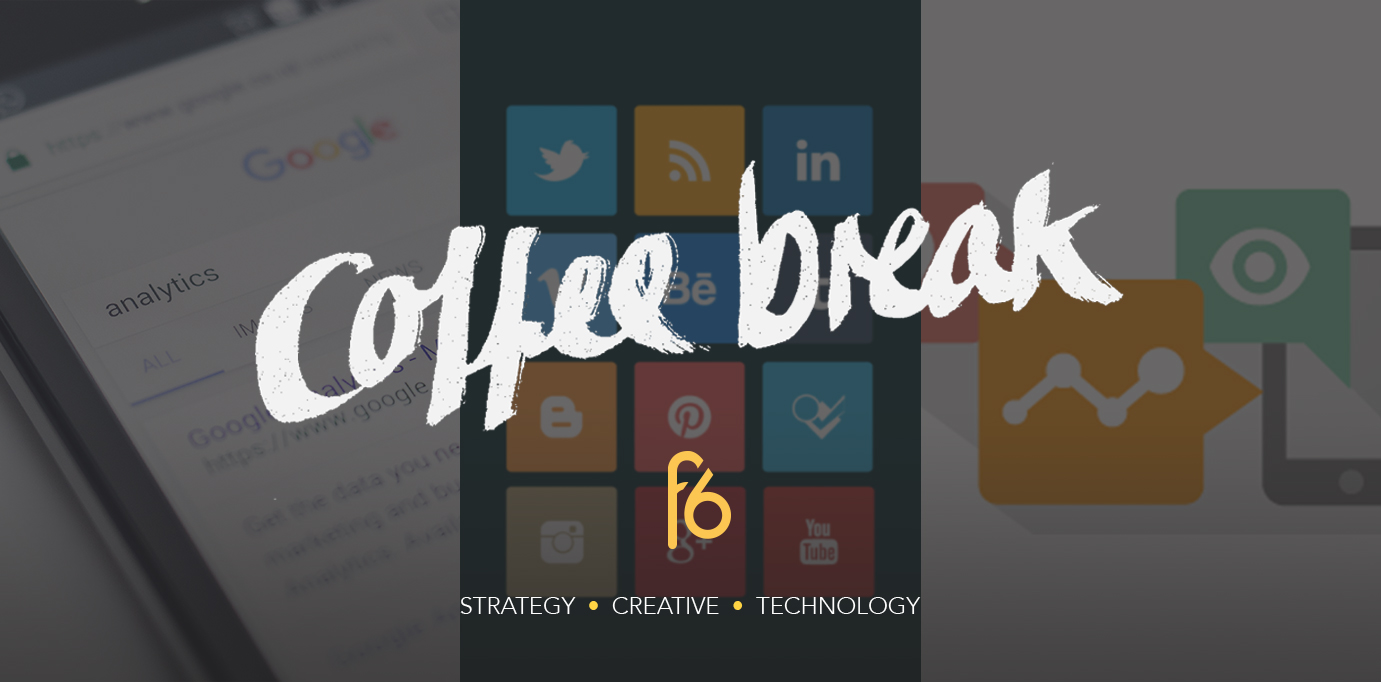Happy Friday! This week we’re giving you inside advice on websites—from how to increase your website’s organic traffic, to translating what UX & UI actually mean. Lastly, we’re rounding up with the four main motivations for online media consumption to help you get those conversions.
| Candice, MD |
Your checklist for increasing organic traffic
Most business owners know the importance of transforming organic visitors into long term paying customers, but it’s becoming increasingly harder to find strategies that help drive organic traffic to your website. Here are some methods that can help lead to business growth
Keyword Strategy
It’s vital to prioritise the most impactful keywords for your industry and your business.
Content strategy
With Google constantly changing the rules it’s important to create the best content with SEO in mind.
Keep an eye on your competitors
Find out what your competitors are already ranking for to optimise your search results.
Use the data
As simple as it is, analyse your Google Analytics to find out what content on your site is performing well and converting well.
Visual content
There is huge potential for gaining an increase in traffic by using visual content like infographics, gifs and video.
These are just a few methods, but increasing your organic traffic should be a long term plan to achieve great results.
| Sian, Creative Strategist |
Understanding UX, UI, and IA
UX, UI, IA—if you’re in the market for a new website or app, and working with designers, coders, and marketers, you’ll hear abbreviations like these thrown around a lot. The problem is, the throwing is often clumsy, and a case of wrong term, wrong time, leading to a lot of confusion as to what they actually refer to.
In short, a lot of these abbreviations often refer to some of the disciplines that help to contribute towards a holistic and well designed user experience (UX). UX focuses on users—researching and defining what they need, what they want, who they are, what they think and feel, and what they do or can do. This is then mapped out alongside the goals of the business in an effort to make these two areas converge into an experience that fulfills everyone’s goals in a useful, desirable, credible, and accessible way. Getting this right can give businesses a competitive edge that keeps users coming back.
I often hear these abbreviations misused—UX is most commonly chopped and changed for UI, and vice versa. But the misuse is understandable. User experience is still a relatively new field, one that we’re still diversifying, formalising, and defining, and the principles and disciplines that contribute towards it are inherently dependent on each other.
IA = Information Architecture.
This is all about how information is organised, structured, labelled, and presented to users. Getting this right is important as it will help users understand where they are and where they can find the information they want. There are numerous ways to get this right, which will vary depending on your goals and the users goals, as well as the amount and type of information you have. IA will have an impact on UI, IxD (Interaction design) and the overall UX, as well as copywriting, and content.
UI = User Interface
Filled with as many user research based principles of its own as UX, this is all about facilitating user actions with hierarchy, cognitive and psychological insights, patterns, and visual design. The decisions we make here about how the interface is structured, looks, feels, and reacts, impacts the overall UX, but relies heavily on getting the IA, content strategy, user needs, user flows, and user journeys right before hand.
| Alex, Account Executive |
Four motivations for social media use
Social media sites have proven to be a useful marketing tool for brands to interact with their audiences in a way that benefits both. Online audiences have the ability to only interact with information they see as beneficial for them, while brands can use social media to engage with their consumers by putting out content they feel is relevant to their audience.
Content marketing is the creation and sharing of online material (such as social media posts, videos, and blogs) that does not explicitly promote a brand but is intended to stimulate interest in its products or services. Key elements of content marketing that need to be considered when businesses are creating content for audience members are engagement, interaction, and sharability. According to a report from Mintel, 47 percent of users only click on content that really interests them while 30 percent of users are more likely to click on content that was reposted by a friend.
Not everyone seeks out the same type of content and brands need to understand the motivations and needs behind consumers’ engagement and interaction with content in order to get them to share it with their social media circle, increase their online presence, and build relationships with their customers.
There are four main motivations that act as drivers for online media consumption:
Social benefit
The need to connect with family and friends and build relationships with other social media users has always been a driver of social media adoption. Users can exchange information with peers and get involved in the community. Users also have the ability to post information about themselves while also voicing their opinions about social issues, brands, and other relevant topics.
Personal benefit
Social media provides users with a tool to create an online profile where they can build their online reputation and gain followers who share similar interests. As the users’ online reputation, status, and confidence grows, so do the number of followers.
Hedonic benefit
Social media also provides an area for consumers to be entertained by the content that is distributed by brands, news organization, and other users.
Cognitive benefit
Many social media users seek content that helps them expand their knowledge and learn new information. Brands can use this by distributing content that can help a consumer learn about a new topic or idea.


